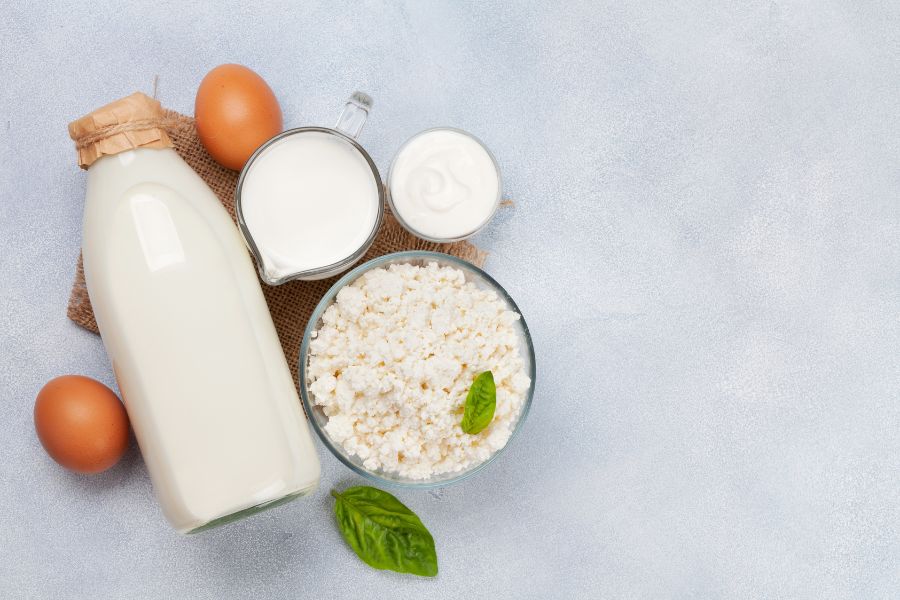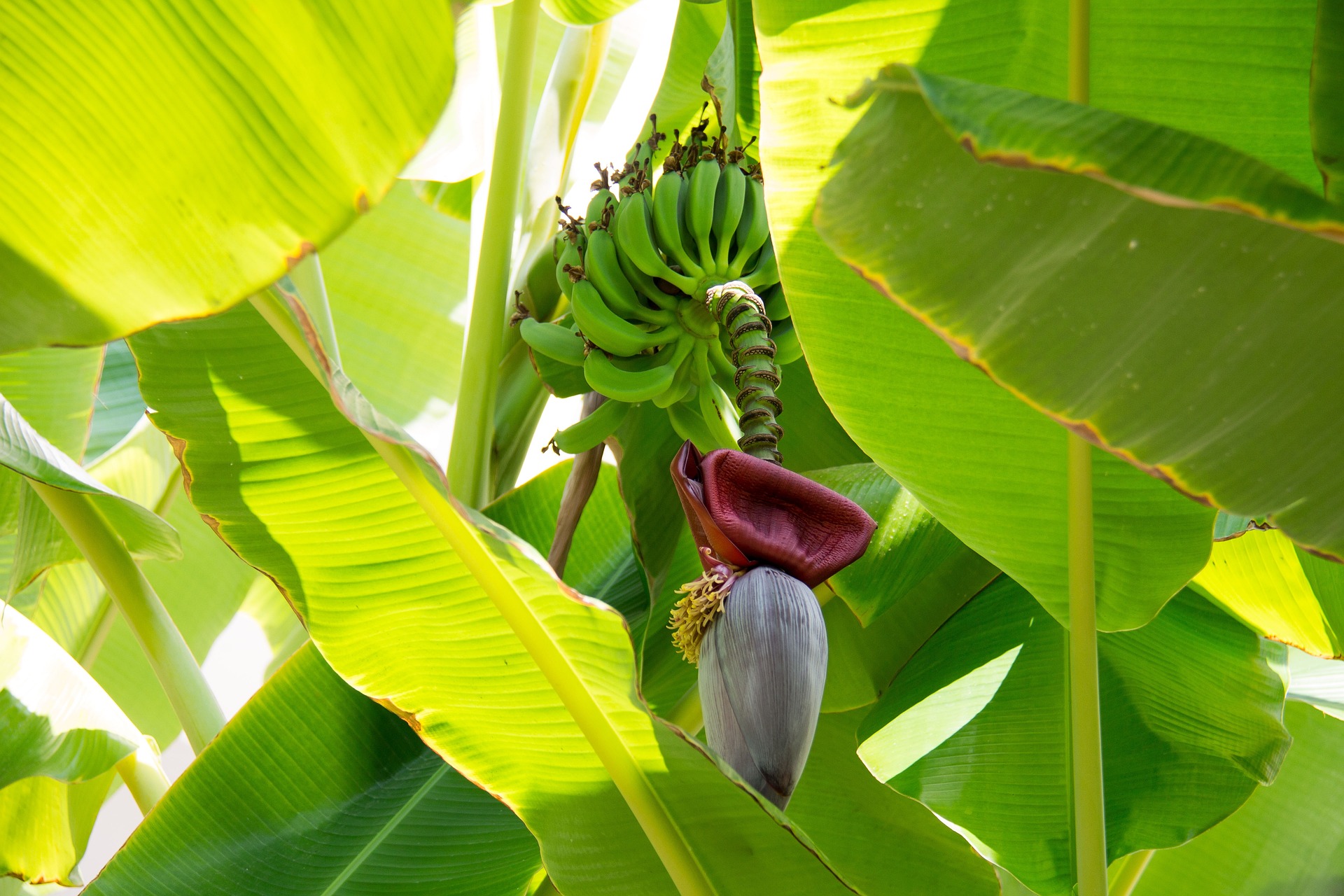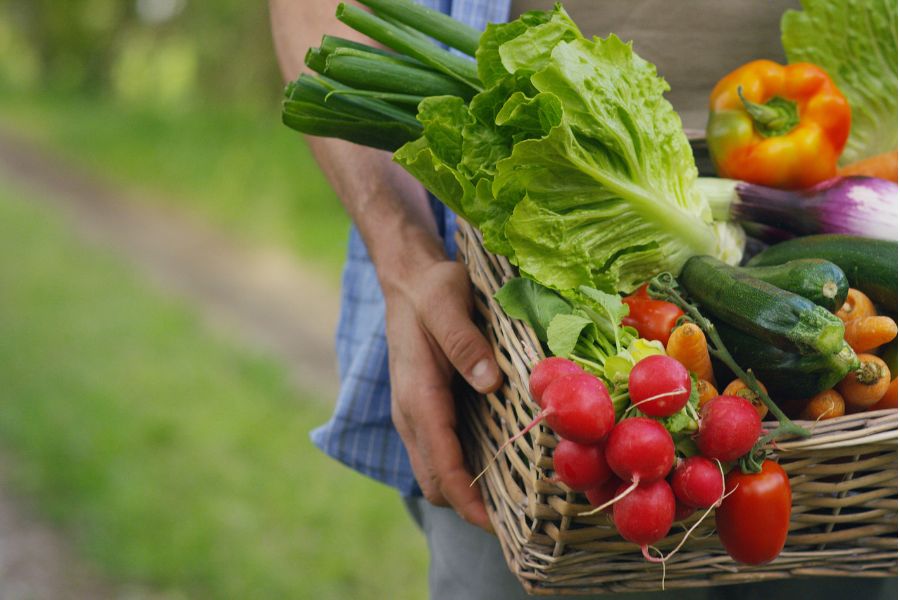Rising dairy prices merit a systemic perspective
The Indian dairy sector is facing a daunting supply challenge that is precipitating a worrying surge in prices, even as demand continues to rise steadily. IBT looks at the factors driving domestic prices, and why the issues facing the sector demand urgent attention and a long term outlook.

Image Credit: Shutterstock
India is the largest milk producer in the world with a contribution of 24% in 2021-22, and the sector also enjoys a higher annual growth rate of 6% as compared to the global average. It recorded milk production growth of 51% during 2014-22 and a YoY surge of 5.29% to reach 22 crore tonnes in the year 2021-22. However, India is facing a serious challenge over the past few months with rising milk prices.
In the recently released consumer price index for March, retail inflation eased to 5.66% YoY, and food inflation fell to 4.8% from 6% in February. However, milk inflation was still be elevated at 9.3% YoY, even though it declined slightly from 9.6% in the previous month.
In order to stabilize the demand-supply situation, it was speculated that the government is considering imports of dairy products including butter and ghee, although officials deny that such a decision has been taken so far.
Rajesh Singh, Secretary, Department of Animal Husbandry, said, “There were misleading reports regarding the possibility of imports of certain dairy products by India, but the government has not taken any decision on it. Because of this, there is some apprehension between dairy farmers and stakeholders.”
This was further compounded by reports stating that India’s milk imports have surged in January. Factually, India’s top import under the dairy category is Whey, dry, blocks & powdered (HS 04041020). Imports in this category have surged by 26.2% between April-January 2023 to reach US$ 17.66 million. In January alone, imports increased by 7,670.56% to reach US$ 4.46 million. This is over 90% of total imports of milk and milk products in January. Milk and cream, concentrated/containing sugar/sweetening matter (HS 0402), on the other hand, has witnessed an increase in imports by 99% in January, but the value is quite insignificant at US$ 1.76 million. This cannot be construed, therefore, as a surge in milk imports as claimed.
The growing demand for milk
A revival in economic activities has increased per capita consumption of milk and milk products. Changing dietary preferences and rising urbanization in India alone have driven the dairy industry to grow by 9-11% in 2021-22. The dairy market in India reached Rs 14,899.8 billion in 2022, and is expected to reach Rs 31,185.7 billion by 2028, showing a CAGR of 13.2%.
Some of the key issues over the past year that have constrained milk supply and led to price rise are as below:
- Losses incurred due to lack of demand in Covid era and doubling of cattle prices thereafter has prevented farmers from increasing their herds.
- Sudden surge in milk demand due to reopening of hotels and restaurants after the pandemic.
- Shortage of fat leading to rise in full cream milk prices, and even shortage of products like branded ghee and butter.
- Lumpy skin disease which causes blisters and reduces milk production in cows has infected millions of cattle and killed more than 184,000 in India.
- Dairy companies have also raised milk prices by 8-10% in the past few quarters due to sustained rise in milk procurement costs.
Dr Debesh Roy, Chairman, InsPIRE Institute for Pioneering Insightful Research and Edutech Pvt Ltd adds:
“The agricultural shortage due to weather conditions led to rise in cattle feed prices, which further affected the milk prices. Moreover, an increase in protein intake post Covid infection also led to demand hike.”
The domestic challenges seem to also reflect in export performance. India’s dairy exports (with the exception of honey) have declined by 14% YoY to reach US$ 245.11 million during April-January, 2022-23. The top exported products were ghee (US$ 64.4 million, +9.36%); skimmed milk (US$ 62.3 million, -38.6% YoY); butter (US$ 37.24 million; -27.57%) and Other Cheese (US$ 25.14 million, +31.14% YoY). Nevertheless, exports are in themselves considered to be contributing further to the price rise.
As milk demand increases further in the coming years, a strong impetus to supply will be necessary. During the Union Budget announcement this year, the Finance Minister made a very important announcement, “Co-operatives that commence manufacturing activities till March 31, 2024 shall get the benefit of a lower tax rate of 15%, as is presently available to new manufacturing companies.”
According to an industry source, “Milk prices have increased due to an increase in value-added dairy products. They are expected to increase further in the upcoming months due to issues like increase in cattle feed price, slow rate of lumpy disease vaccination etc.” He feels that this could lead to possible imports in the future, if not addressed.
The government has set a target to contribute 330 million metric tons or 33% of global milk production by 2033-2034, stressing the need to also produce milk for the masses. Emphasizing on the need for White Revolution 2.0, the government has now shifted its focus on increasing both production and export of the commodity. It also aims to enhance the share of value added products as opposed to the current dominance of liquid milk.
Moreover, there is a global situation to contend with, as heat and drought are severely straining cows across the world, from Australia to the US. In the US, for instance, it is estimated that climate change could cost the dairy industry at least US$ 2.2 billion by the end of 2023. Australia’s share in global milk trade has declined from 16% in the 1990s to around 6% in 2018. One technique, which is being used by players like Amul, is to conserve extra milk in winter in the form of powder, which can help address the deficit in summer.
As milk is one of the most crucial commodities of the F&B industry which is also facing a steady rise in demand, it requires better provisions for end-to-end handling. Starting from the process of extraction to the stage where the milk reaches a consumer, there is an ever growing need for minimum wastage, maximum safety, increased shelf life, reduced adulteration, cold storage infrastructure, hygienic transportation, and most importantly stable prices.













Leave a comment